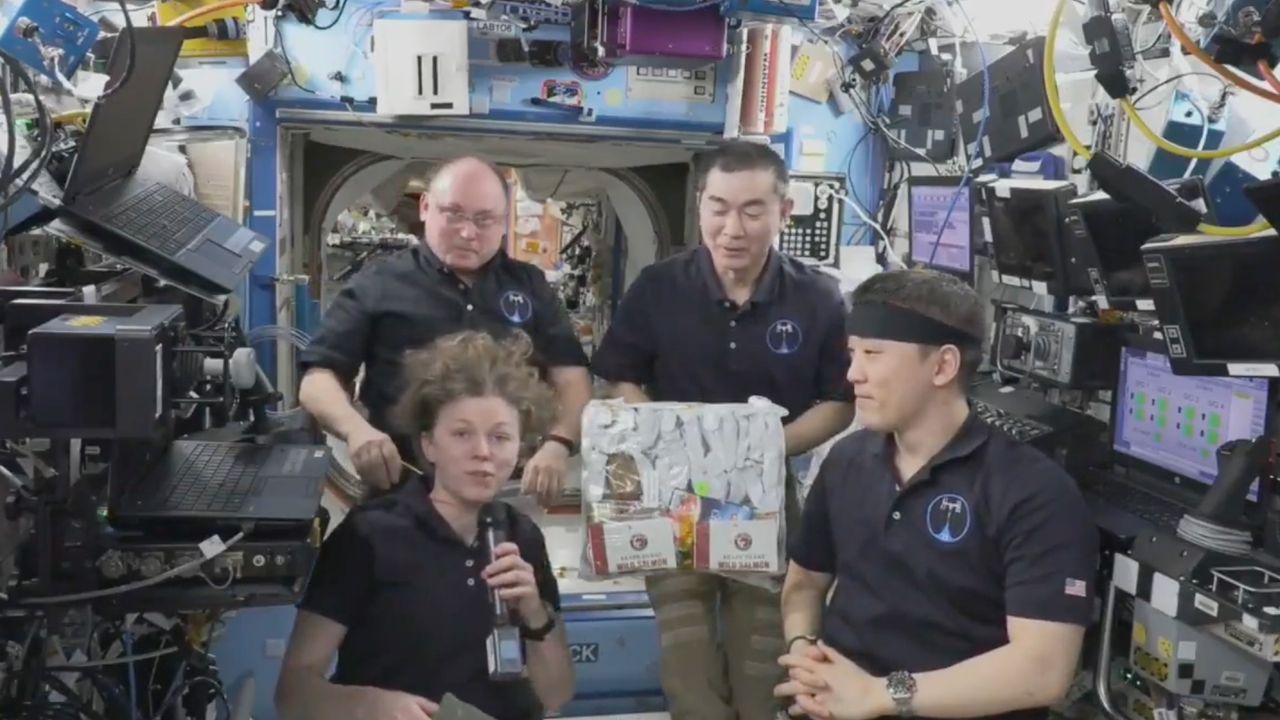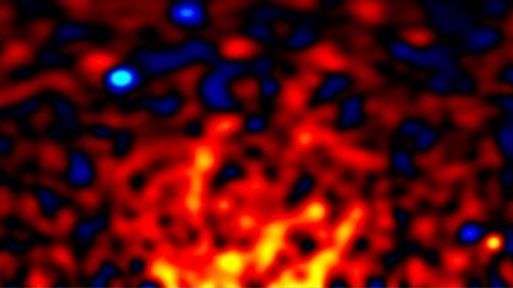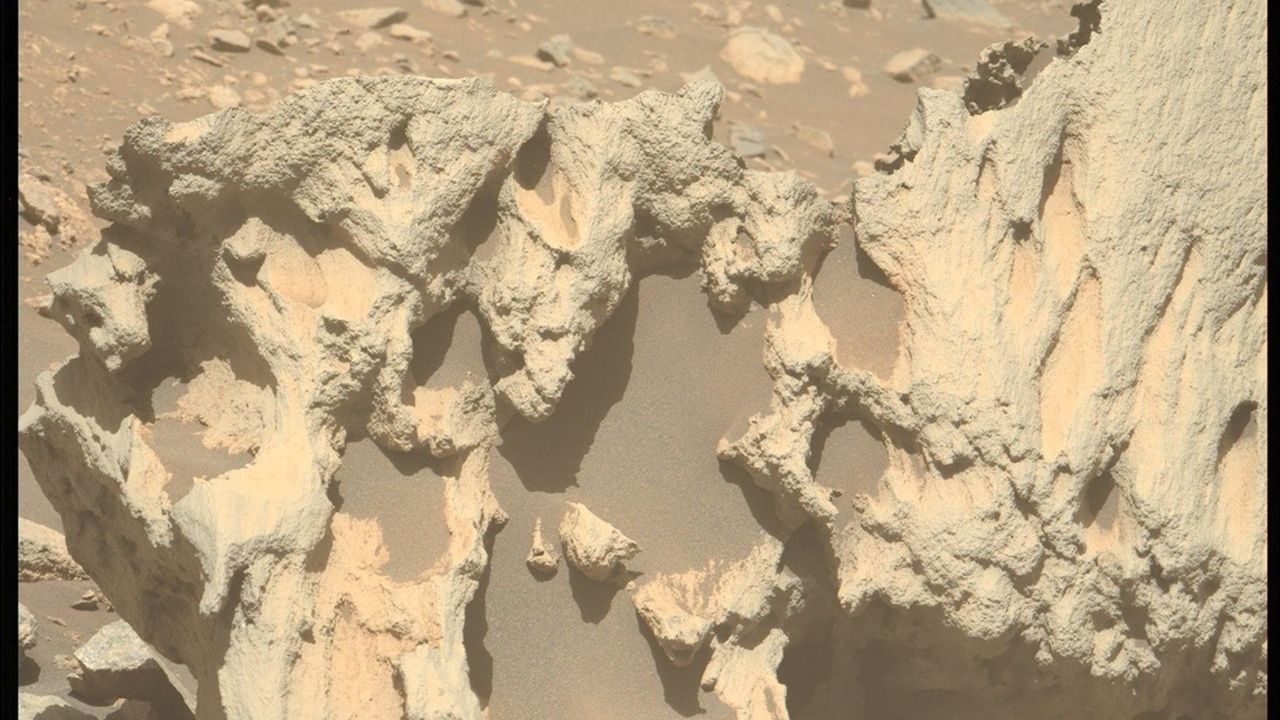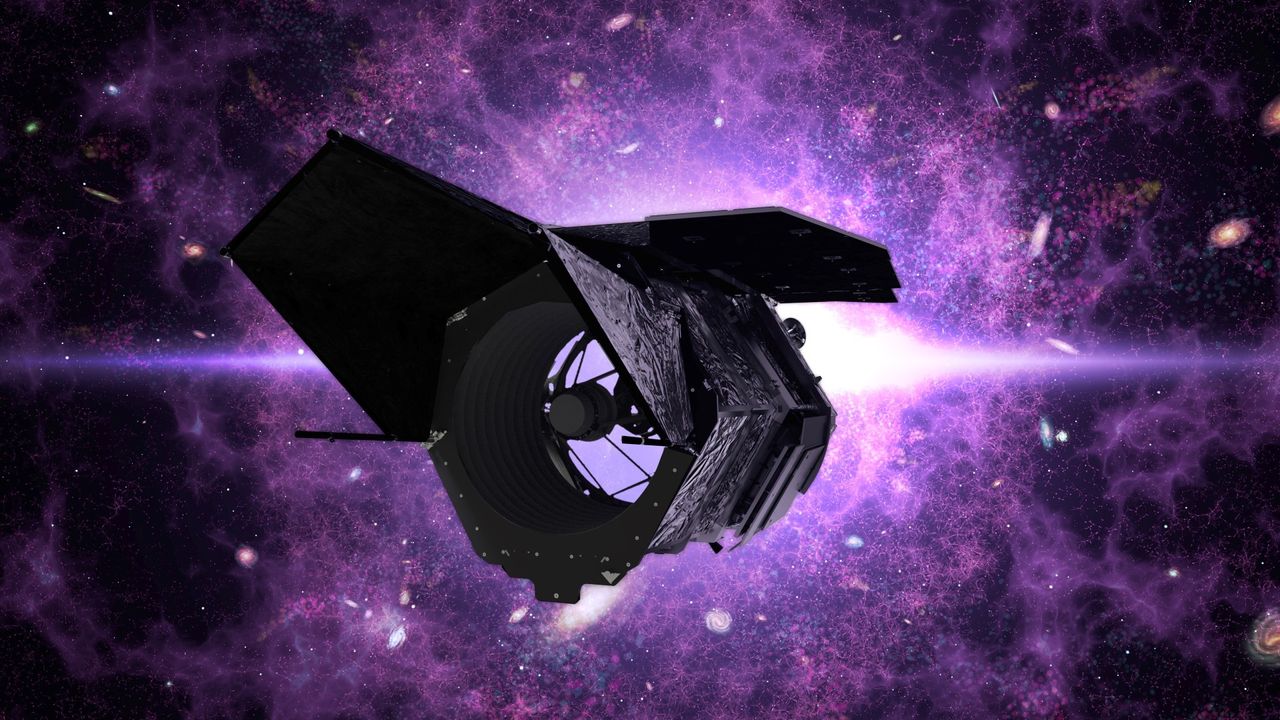Watch NASA astronaut, 2 cosmonauts launch to the International Space Station on Thanksgiving morning
PositiveScience

- NASA astronaut Chris Williams and two cosmonauts are set to launch to the International Space Station (ISS) on Thanksgiving morning, November 27. This launch will be broadcast live, allowing audiences to witness the event in real-time.
- This mission is significant as it continues NASA's commitment to maintaining a human presence in space, furthering scientific research and international collaboration aboard the ISS, which serves as a critical platform for experiments in microgravity.
- The launch occurs amidst ongoing developments in space exploration, including NASA's Artemis 2 mission, which aims to return humans to the Moon, and the evolving landscape of commercial spaceflight, where companies like Boeing are adjusting their astronaut transport plans.
— via World Pulse Now AI Editorial System







